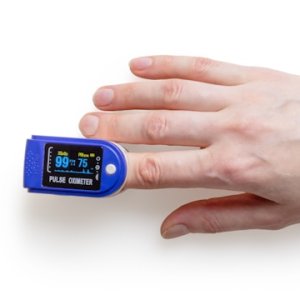Still a Long Way to a Fully Digitalized Country

STORY INLINE POST
Q: How is Carestream contributing to increasing access to healthcare services?
A: Carestream provides imaging solutions for many applications including medical, dental and industrial. In the healthcare sector, our service portfolio includes radiologic printing, diagnostic equipment and Health Care Information Systems (HCIS). Our portfolio allows us to provide comprehensive care from the simplest to the most complicated procedures in the public and private sector. We also provide supplies for every type of imaging technology. We can provide film for laboratories that conduct tests, or even cloud services and AI systems for companies with highly sophisticated systems. Technology is a medium for clinics and hospitals to provide better care for patients. As we work with radiation, we need to ensure that our solutions provide the highest quality standards for image quality in diagnostics, while minimizing the patient’s exposure to radiation as much as possible. It is also important to maintain low costs for both the public and private sectors, since the former watches its finances to stay within budget while the latter does so to ensure profitability.
Q: Carestream’s business model changed in 2018 from a centralized to a customer-focused approach. How did this impact Carestream’s services?
A: Carestream has clients all over the world and our offices are divided among five regions: the US and Canada, Europe and Africa, Asia-Pacific, China and Latin America. In July 2018, Carestream hired a new CEO who pointed out that the centralized model might not equally benefit all those regions. For that reason, we decided to get closer to clients by making our offices more efficient and assertive. The objective of this strategy is to make us a more agile and customer-oriented company with a strong culture and values. It will put us in a better position to tackle opportunities for growth in the markets where we participate.
Q: How will digitalization transform diagnostic practices in the medium to long term?
A: Incorporating technologies into diagnostic practices goes beyond acquiring technology and helping users become proficient in it; it implies a change in the structure of the healthcare system. Developed markets, such as Europe and the US, have successfully incorporated technology and information systems into their diagnostic practices. In the US, for instance, care is provided in a “closed” system where tests, primary, secondary and tertiary care are supplied by a single provider. In Mexico, a patient receives primary care from one provider, testing from a different one and secondary or tertiary care with yet a different provider, which we call an “open” system. Because of this, digitizing information becomes harder as it requires the coordinated participation of many different players instead of just one.
The healthcare sector is indubitably migrating toward digitalization and technology but each player is moving at its own pace. We see a mixture of different systems as each player uses the best one for their own purposes. While some are investing in technology and are implementing software that favor interconnection with other systems, the result is a complex hybrid.
Q: Compared to the private sector, how ready is the public sphere to adopt digitalization practices?
A: Both the public and private sectors are ready for digitalization. The public sector is now introducing interesting proposals to improve its internal efficiency and create synergies through technology adoption. For instance, one of Mexico’s largest challenges is addressing its radiologist shortage, as the country only has about 5,000 certified radiologists. This is a very small number for Mexico’s large population and most work only in the largest cities. The public sector hopes technology will increase the reach of these and other services that heavily rely on infrastructure and specialists. Clinics in rural areas might have X-ray equipment but not a local radiologist. Using technology, it is possible for the clinic to send the patient’s tests to a team of radiologists who can send the results back through the cloud.
























